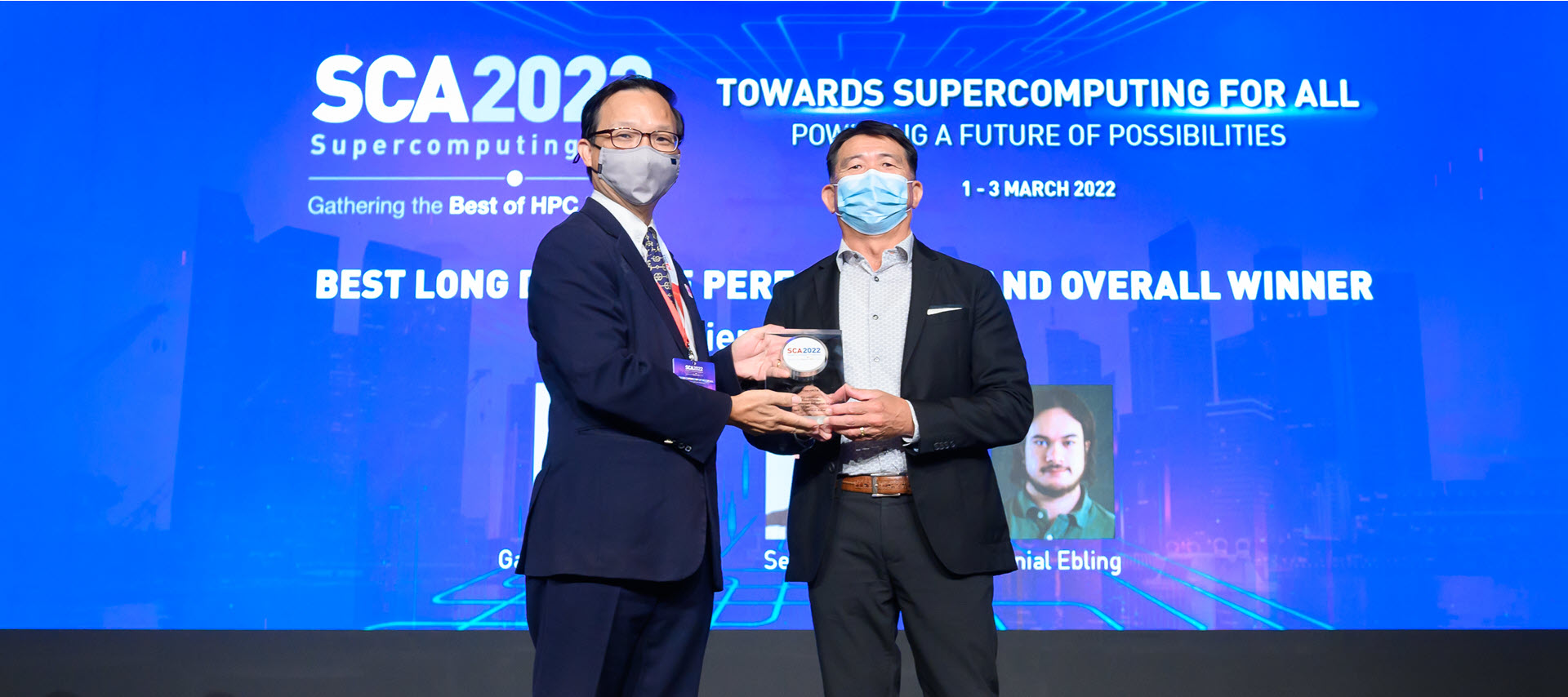Petabytes in motion: A look at next-gen networks for HPC at SC15
High Performance Computing (HPC) is transforming the world. But for all their power, supercomputers need to be connected to be leveraged for innovation. Next week's SC15 conference in Austin is the place to learn all about the great innovations being made. Ciena will be onsite at SC15 to share our HPN capabilities and demonstrate how we’re connecting HPC centers around the globe with individuals who will use them to transform the world.
We’ll also be hosting a live video straight from the Ciena booth (Wed, Nov 18th at 9:00am CST), where we’ll talk about next-gen networks for HPC with several industry experts. The event will be hosted by our very own Rod Wilson, and the panel will include guests from ESnet, University of Amsterdam, Texas LEARN, as well as Ciena CTO, Steve Alexander.
What do you think of when you hear the term “supercomputer?” Do you see it as a machine only good for processing massive data files, enormous tasks such as analyzing astronomical data, genomic sequencing, or complex environmental climate change modeling?
While supercomputers do, in fact, accomplish all these things, they’re also used to read X-rays and find early stages of cancer, to help the USPS route mail around the country, to catch credit card fraud, and even to help animate videos and market consumer goods. In all of these instances, though, it isn’t just about the computers themselves; instead, it’s also very much about what happens when people use these powerful machines to solve complex challenges.
But for all their power, supercomputers need to be connected to be leveraged for innovation.
Connecting supercomputers to each other—as well as to the people who use them—requires a High Performance Network (HPN) designed to move massive quantities of data between locations quickly, efficiently, and with minimal latency and packet loss. Consider transferring a petabyte of data between HPC centers across the region or across the world: not only does this require a high capacity network, but it also requires a network with massive switching capacity and non-blocking backplanes that support reliable, friction-free network paths.
If this data is considered sensitive, either to national security or to the competitive advantage of private businesses, moving data securely and with an ultra-low latency encryption mechanism is critical to ensuring privacy of the in-flight data transfer.
400G for petabytes of data
Here’s a real-world example of the scale needed when connecting supercomputer resources. Just this week, ESnet and NERSC announced they had deployed a 400G network using Ciena’s 6500 Packet-Optical Platform with our WaveLogic 3 Extreme chipset. The ESnet network, which connects tens of thousands of DOE Office of Science researchers at more than 40 U.S. laboratories and supercomputing facilities to research partners around the world, expects it will carry more than 60 petabytes of data per month by 2016.
Join us at SC15 in Austin
We’ll be joining ESnet and others next week in Austin at SC15 to share our HPN capabilities and demonstrate how we’re connecting HPC centers around the globe with individuals who will use them to transform the world. Here's a summary of what we're doing at the show.
 We’ll also be hosting a live video Google Hangout discussion straight from the Ciena booth (Wed, Nov 18th at 9:00am CST), where we’ll talk about next-gen networks for HPC with several industry experts. The event will be hosted by our very own Rod Wilson, and the panel will include guests from ESnet, University of Amsterdam, Texas LEARN, as well as Ciena CTO, Steve Alexander.
We’ll also be hosting a live video Google Hangout discussion straight from the Ciena booth (Wed, Nov 18th at 9:00am CST), where we’ll talk about next-gen networks for HPC with several industry experts. The event will be hosted by our very own Rod Wilson, and the panel will include guests from ESnet, University of Amsterdam, Texas LEARN, as well as Ciena CTO, Steve Alexander.
Curious about how Ciena’s platforms support HPN/HCP connectivity? Want to make SDN work for you and your network? Visit us in Austin, Texas at SC15, Booth 933 and find out how to build secure high performance networks that maximize research collaboration through massive scale, software defined multi-domain resource orchestration and even get a glimpse into the future of virtualized connectivity.





